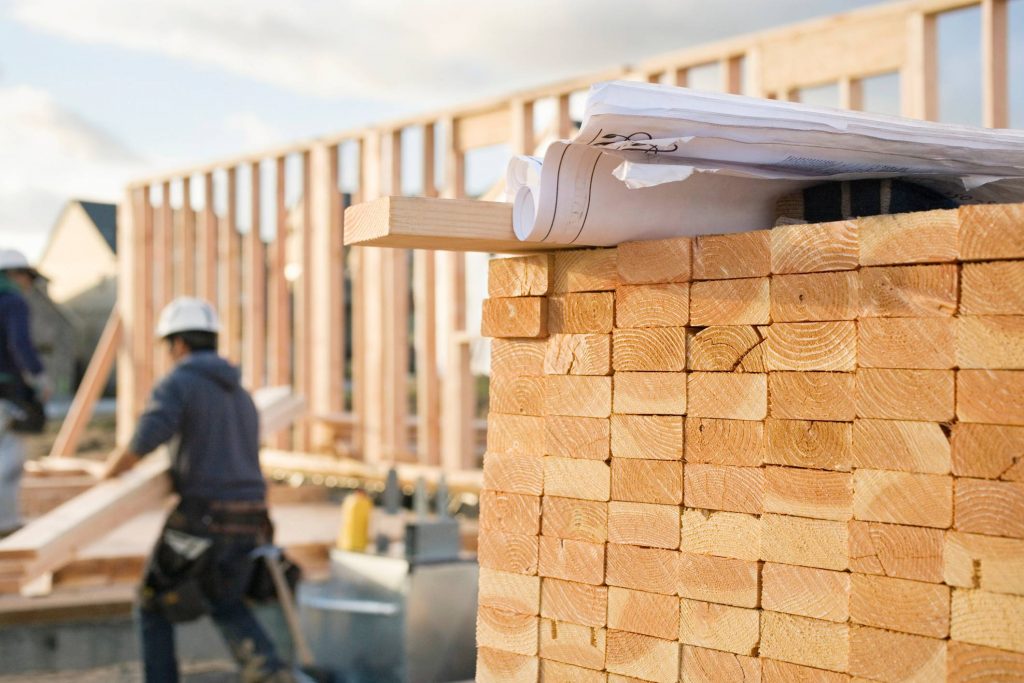A new study highlights the challenges we currently face around construction material supply and what needs to be done to overcome these challenges, says New Zealand Infrastructure Commission Chief Executive Ross Copland

New Zealand faces challenges in meeting demands for key construction materials for infrastructure, with a risk of delays to major projects.
These findings are among those detailed in Te Waihanga’s (the Infrastructure Commission’s) Infrastructure Resources Study, which looks at four key materials: aggregates such as gravel and stone, timber, cement/concrete, and steel.
New Zealand is blessed with an abundance of natural resources but over time various constraints have emerged which are limiting the supply of these resources creating cost pressures, environmental challenges, and access issues for important infrastructure projects.
This study highlights the need to better manage resources to ensure they are available for our critical infrastructure projects. Without ready access when they’re needed, we risk creating an unnecessary handbrake for the construction sector.
Aggregates are the foundation of our roads and buildings, but often the closest and best resources are under pressure from housing and other incompatible developments.
There are very few materials that do not have a suitable substitute, but bulky, low-value materials like sand, stone, and rock are unlikely to go out of fashion any time soon – they’re needed in almost everything we build from cycleways to cell phone towers and wind farms. With a growing pipeline of major projects on the horizon we need to protect the availability of our best resources for generations to come.
The study examines the importance of where our physical resources are located, most of which are beyond the major urban centres that consume them. Transporting materials long distances increases the cost of projects, carbon emissions and adds to congestion on our roads.
The study also found that consent requirements often severely limit the efficiency of raw material production by imposing operating restrictions which constrain production and reduce output.
Sustainably produced timber is a material with attributes that mean it will be in high demand for years to come.
Recent advances in engineering and the need to reduce carbon emissions is leading to a wider range of uses for timber including in multi-storey construction, but there are obvious land-use implications to large-scale production forestry which need to be balanced as well.
This study finds that work needs to be done to both improve the domestic supply of sawn timber and look at the opportunities and risks of importing it. Research is also needed on how to best value the carbon benefits of timber as a construction material.
To address the carbon impacts of construction, we also need to do more research into alternatives to traditional production of cement and steel. For example, the study finds that blending cement with pozzolans can reduce the embodied carbon of cement by 25-30%. And exciting new research into steel production offers a promising future for low embodied-carbon steel.
The study identified the need for more research into the impact of vertical integration on the physical resources market.
New Zealand’s infrastructure resources have a critical role in the cost and ability to undertake infrastructure projects. Based on this study, Te Waihanga has included recommendations for ensuring a secure supply of these materials in our recently released draft New Zealand Infrastructure Strategy, which we are currently working to finalise.
The full study and recommendations can be found on Te Waihanga’s website.







